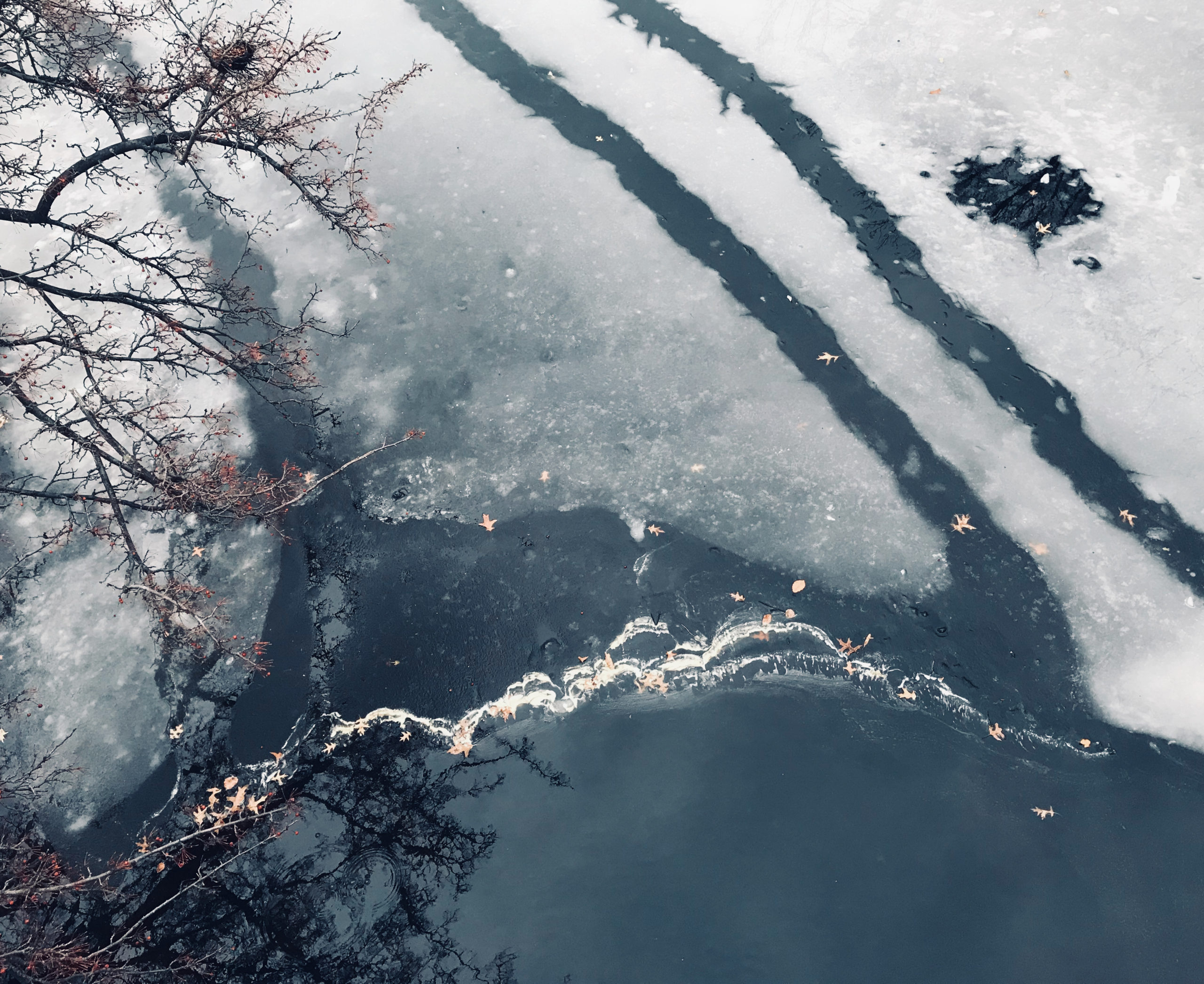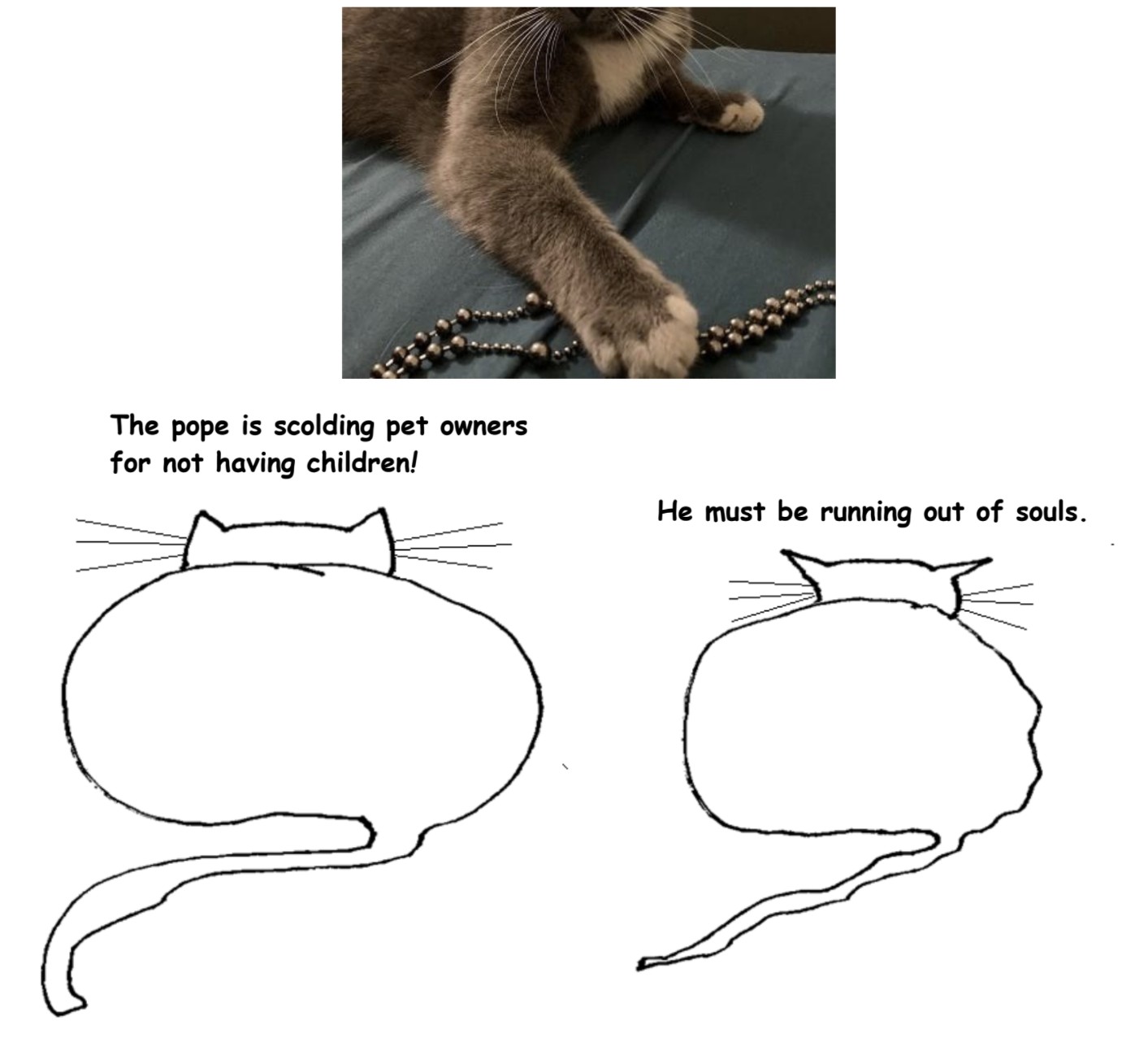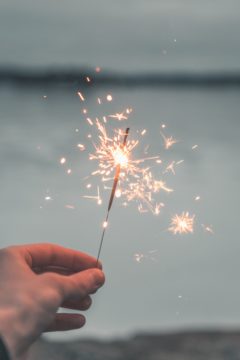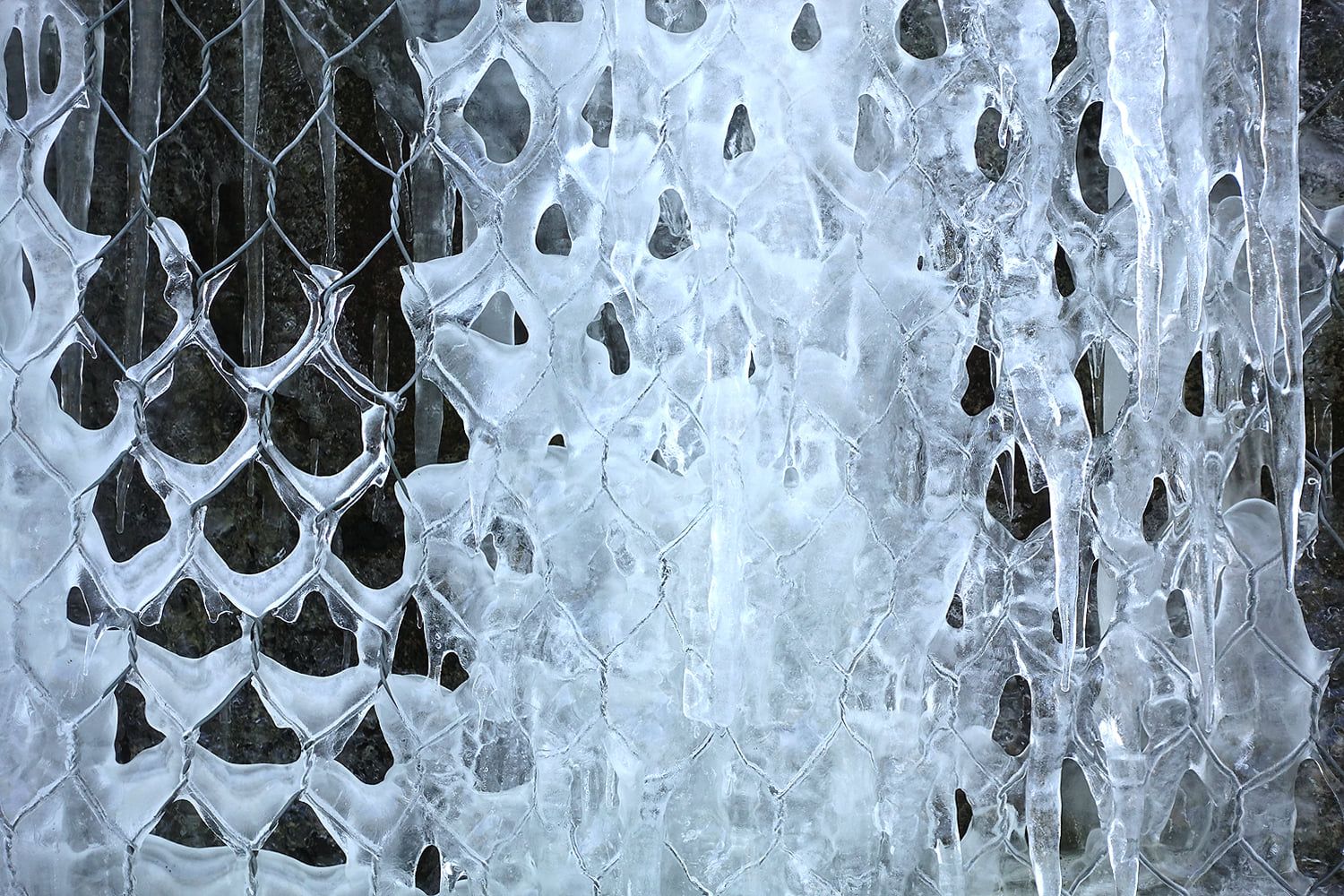by Mark Harvey
Suspended lion face
Spilling at the centre
Of an unfurnished sky
How still you stand –Phillip Larkin

In the very early and still dark hours on August 12, 2018, NASA launched the Parker Solar Probe from the coast of eastern Florida. A Delta rocket lit up the sky with fire as the probe slowly lifted off its launch pad. It gained speed quickly and within a couple of minutes was just a bright light miles above the earth, looking much like the sun for where it was headed. After about six minutes, it was traveling over 14,000 miles per hour and was out of sight. Within three years of its seven-year mission, the probe has broken all speed records of a man-made object, traveling at 330,000 mph this year. Ultimately the craft will reach speeds of 430,000 miles per hour.
Watching the launch live at Cape Canaveral was 91-year-old Eugene Parker, for whom the probe was named. In the video of the launch, Parker looks very much the professor he is, wearing a tweed coat, glasses, and a lanyard around his neck, presumably identifying him for entry into the viewing area. As the rocket launches, Parker’s mouth is agape and he appears to be in awe of the explosive force of the Delta rocket.
A little over a month ago, on December 14, 2021, NASA announced that the probe had flown into the sun’s outer atmosphere, known as its corona, and effectively touched the sun. The event actually had happened on April 28, 2021, some seven months before, but it took the scientists those months to analyze the data and realize what had happened. Read more »




 At ISI one day the American economist Daniel Thorner walked into my office and engaged me in a lively conversation, with his dancing eyebrows and unbounded enthusiasm. I had, of course, read his many substantive papers in EW on Indian agriculture and economic history. I also knew how in the early 1950’s, in the McCarthy era, he had lost his job at University of Pennsylvania for refusing to give information on his leftist friends, and then went on to live in India, with his wife Alice (a fellow India-scholar) for 10 years, before taking up a position in Paris. Now when he came to see me he had just read my EPW paper showing on the basis of NSS data that poverty had increased over the 1960’s in rural India. He asked me not to put so much trust on NSS data (he jokingly said that increasing poverty estimates by NSS data might be a reflection more of the increasing sense of misery on the part of the underpaid NSS workers), and to accompany him in his next trip to Punjab villages where he promised to introduce me to beer-drinking tractor-driving women farmers, the harbingers of the future of agricultural capitalism in India. Much of what he said was, of course, tongue-in-cheek, and we became good friends. But this friendship was to be a ‘brief candle’, as cancer soon cut his life short.
At ISI one day the American economist Daniel Thorner walked into my office and engaged me in a lively conversation, with his dancing eyebrows and unbounded enthusiasm. I had, of course, read his many substantive papers in EW on Indian agriculture and economic history. I also knew how in the early 1950’s, in the McCarthy era, he had lost his job at University of Pennsylvania for refusing to give information on his leftist friends, and then went on to live in India, with his wife Alice (a fellow India-scholar) for 10 years, before taking up a position in Paris. Now when he came to see me he had just read my EPW paper showing on the basis of NSS data that poverty had increased over the 1960’s in rural India. He asked me not to put so much trust on NSS data (he jokingly said that increasing poverty estimates by NSS data might be a reflection more of the increasing sense of misery on the part of the underpaid NSS workers), and to accompany him in his next trip to Punjab villages where he promised to introduce me to beer-drinking tractor-driving women farmers, the harbingers of the future of agricultural capitalism in India. Much of what he said was, of course, tongue-in-cheek, and we became good friends. But this friendship was to be a ‘brief candle’, as cancer soon cut his life short. Every Econ 101 student learns the basic model of demand and supply. It’s pretty straight forward. Picture a graph with the price of a product or service on the vertical axis and the quantity supplied and demanded on the horizontal axis. There are two curves drawn on this graph: the demand curve and the supply curve. The demand curve is downward sloping because as prices decrease, consumers are willing to buy more. The supply curve is upward sloping because producers are willing to supply more when they are paid more. The “competitive equilibrium price” of the product or service is where supply equals demand: two curves intersect. When prices are higher than the equilibrium price, supply is greater than demand: there is “excess supply”. This makes sense: at higher prices, suppliers are going to be happy to sell more, but consumers aren’t willing to buy as much.
Every Econ 101 student learns the basic model of demand and supply. It’s pretty straight forward. Picture a graph with the price of a product or service on the vertical axis and the quantity supplied and demanded on the horizontal axis. There are two curves drawn on this graph: the demand curve and the supply curve. The demand curve is downward sloping because as prices decrease, consumers are willing to buy more. The supply curve is upward sloping because producers are willing to supply more when they are paid more. The “competitive equilibrium price” of the product or service is where supply equals demand: two curves intersect. When prices are higher than the equilibrium price, supply is greater than demand: there is “excess supply”. This makes sense: at higher prices, suppliers are going to be happy to sell more, but consumers aren’t willing to buy as much.


 Sughra Raza. First Snow 2022.
Sughra Raza. First Snow 2022. On the anniversary of the attempt by Donald Trump and some of his supporters to subvert the 2020 US presidential election, Joe Biden denounced those who “place a dagger at the throat of democracy.” To which one can only say: About bloody time! The threat posed by Trump and the Republican party to America’s democratic institutions–highly imperfect though they are–is so obvious that anyone who has a bully pulpit should be pounding out a warning at every opportunity.
On the anniversary of the attempt by Donald Trump and some of his supporters to subvert the 2020 US presidential election, Joe Biden denounced those who “place a dagger at the throat of democracy.” To which one can only say: About bloody time! The threat posed by Trump and the Republican party to America’s democratic institutions–highly imperfect though they are–is so obvious that anyone who has a bully pulpit should be pounding out a warning at every opportunity. A large number of jobs exist not because they create economic value but because they make business sense given the institutions we have – customer expectations, bureaucratic regulations, and so on. They do not solve a real problem but a fake problem created by inefficient institutions. They therefore do not make our society better off but rather they represent a great cost to society – of many people’s time being expended on something fundamentally pointless instead of something worthwhile. One way of spotting such anti-jobs is to compare staffing in the same industry across different countries. US supermarkets employ people just to greet customers and bag groceries, for example, which would seem a ridiculous waste of time in most of the world. In Japan one can find people standing in front of road construction waving a flag (they are replaced with mechanical manikins on nights and weekends).
A large number of jobs exist not because they create economic value but because they make business sense given the institutions we have – customer expectations, bureaucratic regulations, and so on. They do not solve a real problem but a fake problem created by inefficient institutions. They therefore do not make our society better off but rather they represent a great cost to society – of many people’s time being expended on something fundamentally pointless instead of something worthwhile. One way of spotting such anti-jobs is to compare staffing in the same industry across different countries. US supermarkets employ people just to greet customers and bag groceries, for example, which would seem a ridiculous waste of time in most of the world. In Japan one can find people standing in front of road construction waving a flag (they are replaced with mechanical manikins on nights and weekends).


